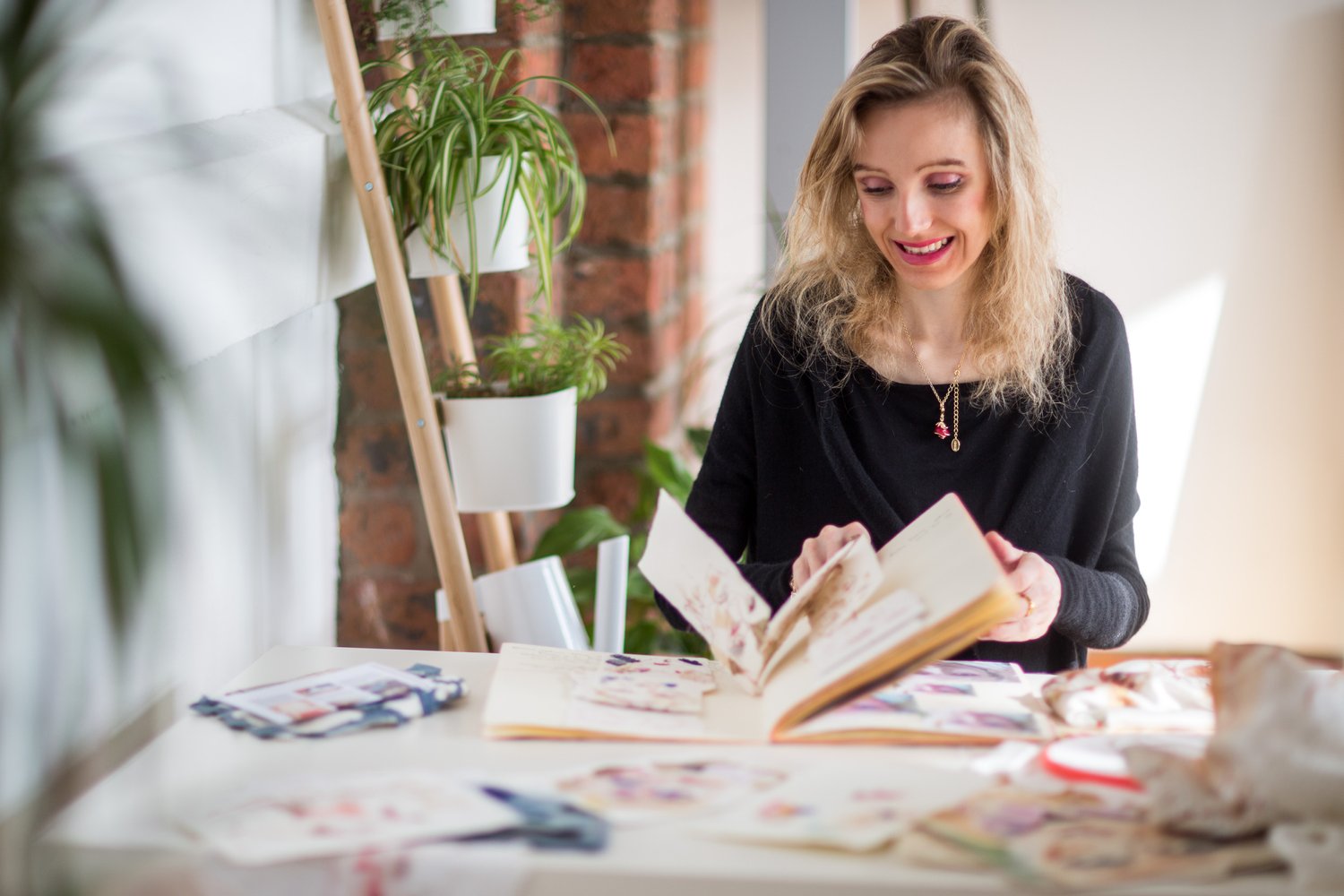Kantha
Sustainable Textiles and Mindful Making
Ekta Kaul
Herbert Press
To write a successful and meaningful book within art and textiles, I always feel that the author has to not just be good at their method and technique, they need to tell their story and their techniques story…..
What is Kantha?
It is a traditional embroidery technique, based in Bengali originally. Often ragged, no longer used items are stitched in a running stitch. Effectively a method of care in its most obvious sense, rescuing the rubbish (or seen as), or the broken. It is described as a quilting technique, yet I see it as having so much more use than that.
Who is Ekta Kaul?
It is my belief that Ekta hits this on the head nicely. She uses her own narrative, her own story to educate the book, without giving too much a personal tone.
Now living in the UK, Ekta’s culture and history remains in India. She has exhibited at many UK and Worldwide venues including Sommerset House, UK. She is seen as an educator, not simply a solo practicing artist.
I loved a quote she uses on her own website. ‘We are all made of stories; - Charles de Lint - is that not so true and how important that we use our history, even if we have not been built within a formally fabric enthused house old - whatever our creative means around us, our culture, be it the factories in the suburban city location you may be in - use your past to inform your own ‘now’.
Her website contains an interesting gift - a map embroidery kit. What will we map in our own lives? We can shape this micro world, even when we can’t control the big green/blue thing we live upon.
The books tone…
As a textiles book in its category, this is very much story led. This artist has captured stories, either visually through cloth or vocally through text.
It is a technique of care. It stitches the broken, or the cast off and allows them to have a future. It is of course an embroidery technique, but it is the way it is used which is of import. The word Kantha, to give some background here, refers to both the stitch and the cloth. It is about finding beauty in the ordinary.
Contents
So many illustrations, so many instructions. Yet what really I remember about this book is the connection value. Embroidery and its offshoots are not just made to be social activitites, yet through the interconnection of humanistic care, coming together, maybe just to not be lonesome, with stitch as an excuse - it is all of worth. With every stitch, there is a possability - what of? We don’t know yet at times…
The book begins with the history and culture on Kantha, then it moves on to using it today, using other artists as a guide.
There is a definite connection to emotional repair and repair of cloth. Yes there are creative ideas explored and explained throughout, with a rich tapestry of illustrations for visualisation. However the voice of Kaul implores us to not copy, rather learn our own way, which in the end will be more rewarding for the maker.
What did I enjoy the most?
How it can be a foundation for empowerment (see the lovely text and illustration around page 17) the image of the women in their traditional dress brings a sense of place and culture to the book. That might not sound important, but actually it adds an anchor weight, it grounds us as the reader into a place we may not ever get to visit or imagine…yet we can now. Its soothing too, the idea of the ‘gone before’ that others have lived, repaired, used and continued to walk their own narrative line….just like the running stitches they action into their own cloth.
Rather than dishonour the past, Kaul proves that it can be the future; Kantha can be used now, it doesnt need to be in the same way as before, it can be modern yet respected.
Repair yourselves and the creation you are bringing to life - that is the goal.
